Apollo group asteroid to come closer than the Moon; Know details of approach
An Apollo group Near-Earth Asteroid could pass Earth on October 20, NASA has revealed. It will reportedly come closer than the Moon during its approach.
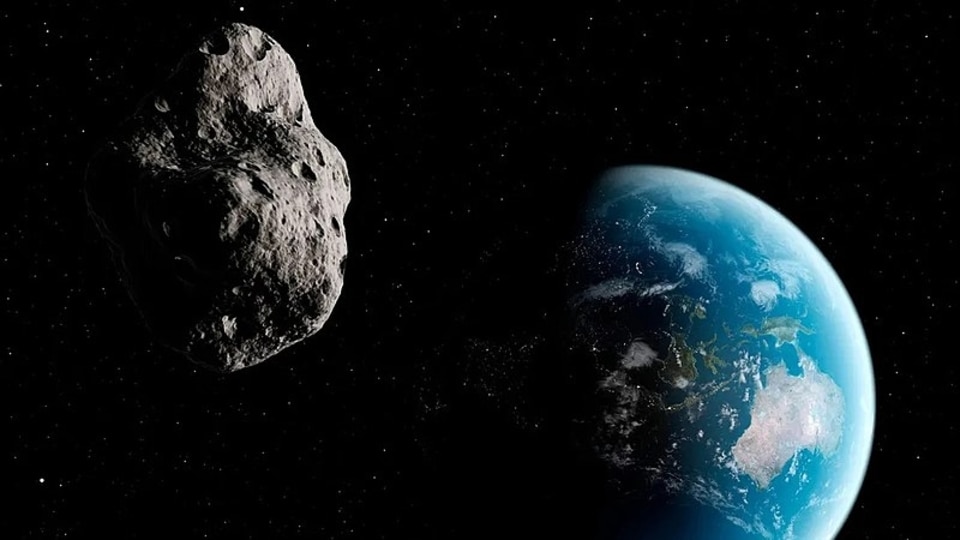
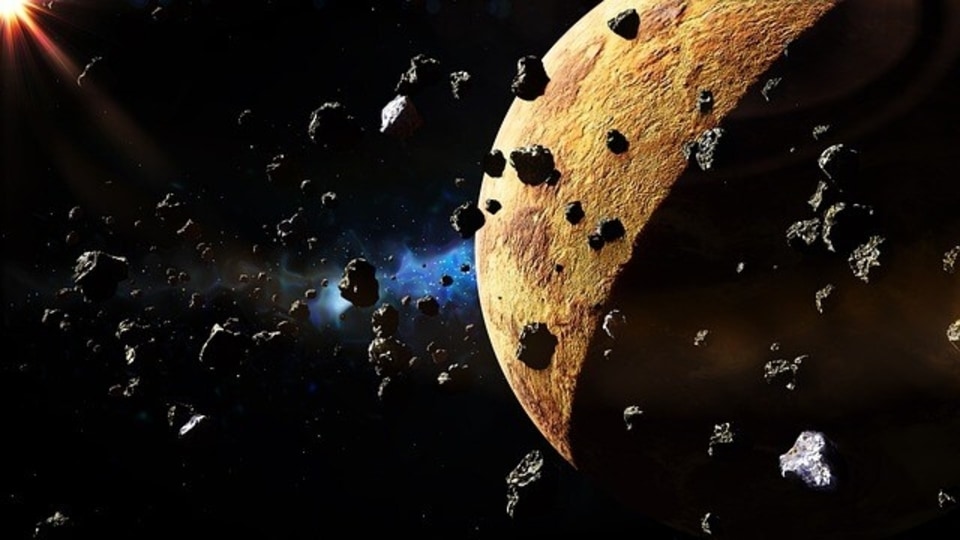
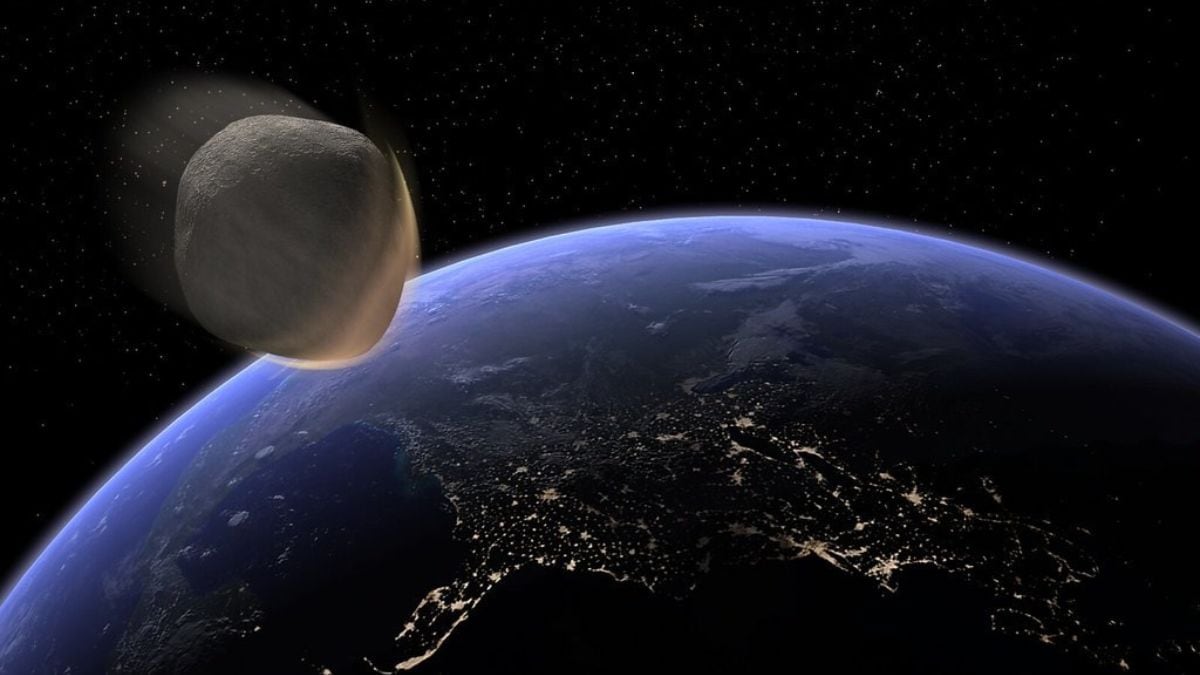
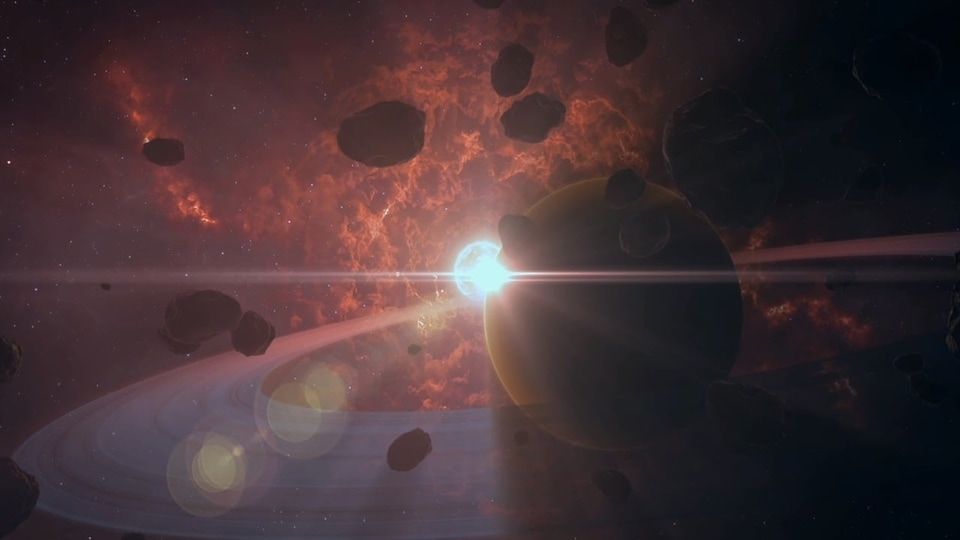
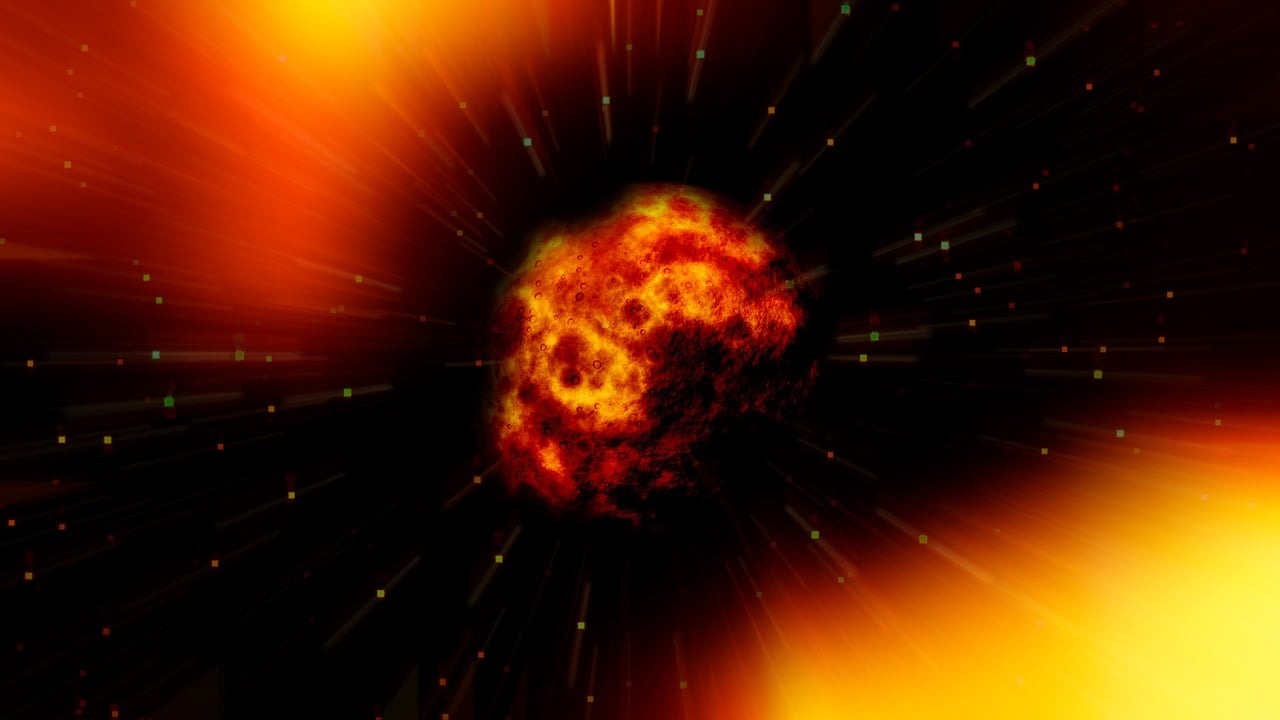

 View all Images
View all ImagesNASA has recently issued details about an asteroid designated as Asteroid 2023 TK15 that is expected to make its closest approach to Earth on October 20. This asteroid has been discovered and tracked using various advanced technological instruments such as the NEOWISE telescope, Atacama Large Millimeter/submillimeter Array (ALMA), Pans-STARRS1 and Catalina Sky Survey. Know all about it.
Asteroid 2023 TK15: Details
This space rock is already on its way and it is travelling at a speed of almost 79085 kilometers per hour, which is even faster than a space shuttle! According to NASA, Asteroid 2023 TK15 will pass Earth at an extremely close distance of just 379994 km, which is even closer than the Moon. For the unaware, the distance of the Moon from Earth is 384,400 kilometers It will be one of the closest asteroid approaches of the year so far.
This space rock belongs to the Apollo group of Near-Earth Asteroids, which are Earth-crossing space rocks with semi-major axes larger than Earth's. These asteroids are named after the humongous 1862 Apollo asteroid, discovered by German astronomer Karl Reinmuth in the 1930s.
Other details
Despite its extremely close approach, this asteroid has been deemed as non-threatening due to its small size. NASA estimates it to be between 130 feet wide, making it almost as big as an aircraft.
This is not the first time that Asteroid 2023 TK15 will pass Earth although it will be the first time it is considered a Near-Earth Object (NEO). It passed the planet once before on June 18, 2022. According to NASA JPL, it is not expected to make another close approach in the near future.
33 Polyhymnia asteroid
NASA recently sent out a mission to study a metal-rich asteroid called 16 Psyche that is made up of gold, silver and nickel deposits. But did you know that there is another asteroid that is supposedly composed of elements that aren't even in the periodic table? The asteroid, known as 33 Polyhymnia, was discovered by French astronomer Jean Chacornac on October 28, 1854.
According to LiveScience, this asteroid is nearly 50-60 kilometers wide, and is even denser than Osmium, the densest element in the periodic table. Consequently, it has been termed a potential Compact Ultradense Object (CUDO). Its atomic behaviour could be indicative of an element that does not exist in the periodic table yet, experts say.
Catch all the Latest Tech News, Mobile News, Laptop News, Gaming news, Wearables News , How To News, also keep up with us on Whatsapp channel,Twitter, Facebook, Google News, and Instagram. For our latest videos, subscribe to our YouTube channel.
































